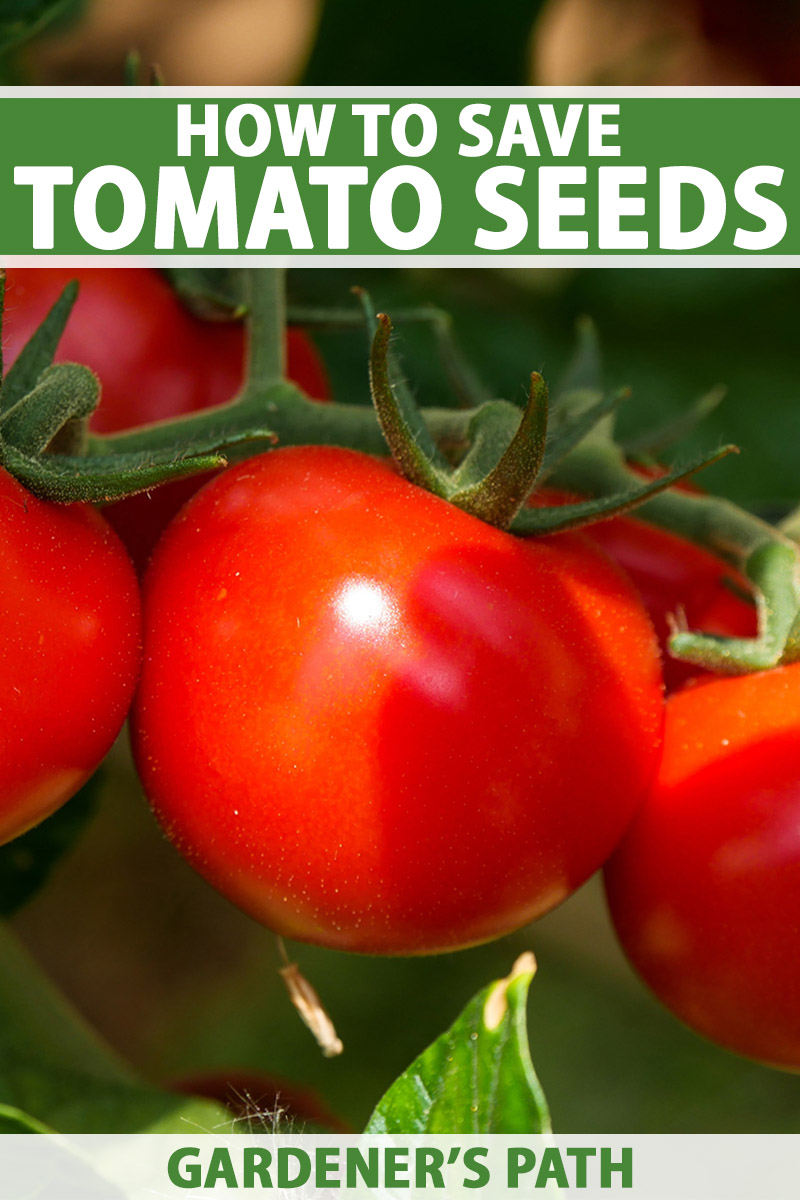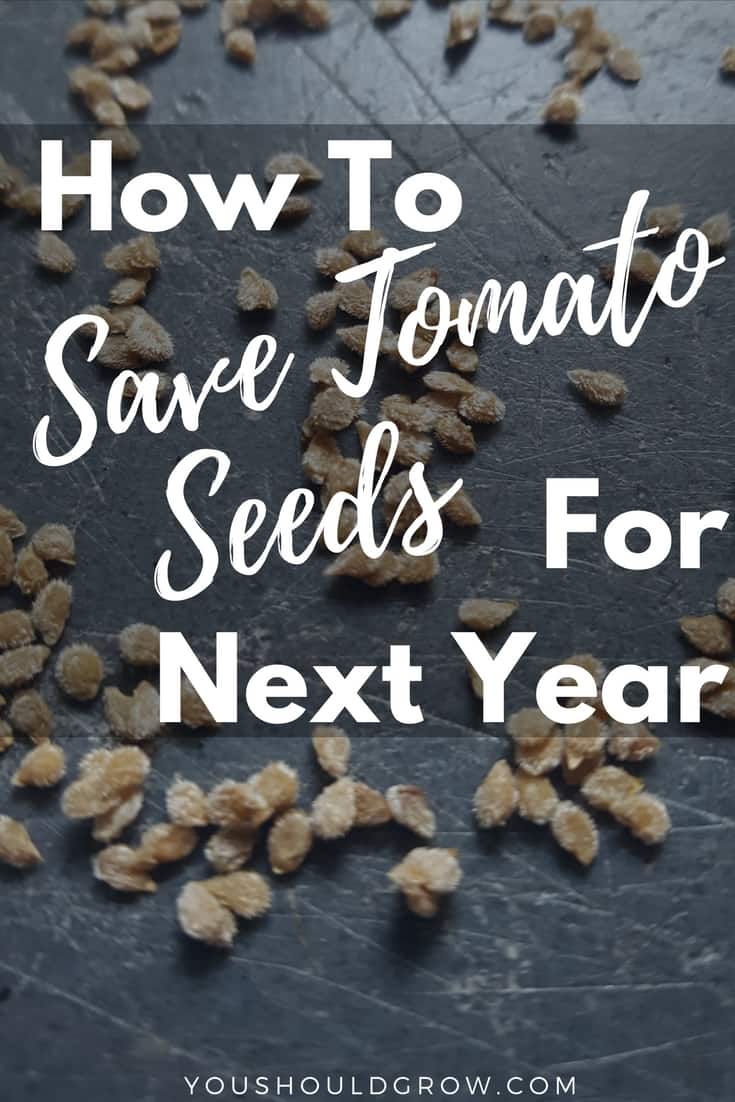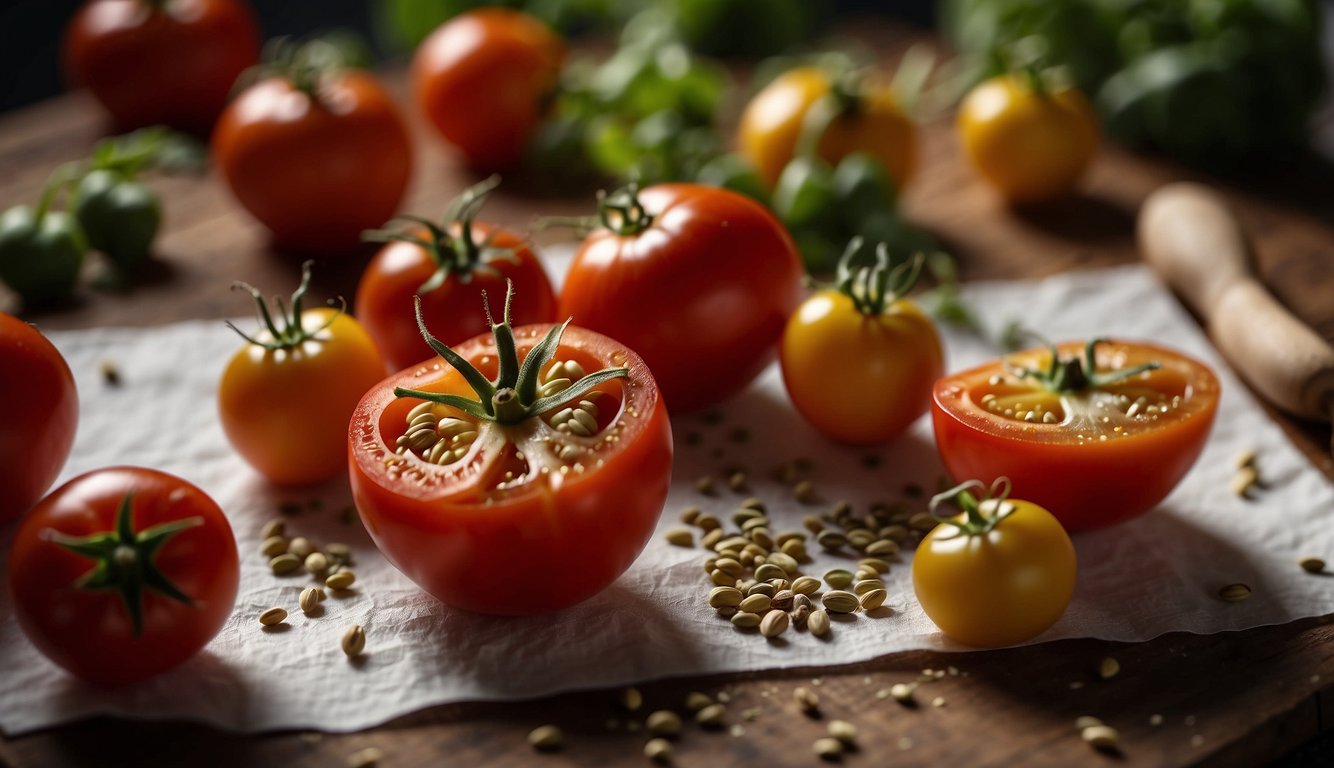The Benefits of Preserving Heirloom Tomato Varieties
Saving tomato seeds for future harvests is an essential practice for gardeners and farmers who want to preserve the unique characteristics of heirloom tomato varieties. By keeping tomato seeds for next year, growers can reduce their reliance on commercial seed suppliers and maintain control over the quality and diversity of their crops. This approach also allows for the adaptation of seeds to specific growing conditions, resulting in more resilient and productive plants.
Heirloom tomato varieties are prized for their complex flavors, vibrant colors, and varied textures. However, these characteristics can be lost if seeds are not properly saved and passed down through generations. By preserving heirloom tomato seeds, growers can help maintain the genetic diversity of these varieties and ensure their continued availability for future generations.
In addition to preserving heirloom varieties, saving tomato seeds can also provide cost savings and increased food security. By reusing seeds from previous harvests, growers can reduce their seed costs and maintain a consistent supply of high-quality seeds. This approach can also help reduce reliance on external seed suppliers, making it easier for growers to maintain control over their crops and respond to changing environmental conditions.
Furthermore, saving tomato seeds can be a fun and rewarding experience for gardeners and farmers. By experimenting with different seed-saving techniques and observing the results, growers can develop a deeper understanding of the complex relationships between seeds, soil, and climate. This knowledge can be used to improve crop yields, reduce waste, and promote more sustainable agricultural practices.
Overall, preserving heirloom tomato varieties through seed saving is an important practice that offers numerous benefits for growers, including cost savings, increased food security, and the preservation of genetic diversity. By keeping tomato seeds for next year, growers can help ensure the long-term viability of these unique and valuable varieties.
How to Harvest Tomato Seeds for Storage
Harvesting tomato seeds for storage is a crucial step in keeping tomato seeds for next year. To ensure the quality and viability of the seeds, it’s essential to select healthy, disease-free fruits from your tomato plants. Choose fruits that are fully ripe and have the desired characteristics, such as flavor, texture, and color.
There are two primary methods for extracting tomato seeds: the fermentation method and the dry method. The fermentation method involves allowing the fruit to break down naturally, which helps to separate the seeds from the pulp and gel. This method can take several days to a week, depending on the temperature and humidity.
To use the fermentation method, cut the fruit in half and scoop out the seeds and pulp. Place the mixture in a jar or container, and add a small amount of water. Cover the container and let it sit in a warm, dark place for 3-5 days. After fermentation is complete, rinse the seeds with water and remove any remaining pulp or debris.
The dry method, on the other hand, involves drying the seeds immediately after extraction. This method is faster and can help preserve the seeds’ natural oils and flavor. To use the dry method, cut the fruit in half and scoop out the seeds and pulp. Place the seeds on a paper towel or cloth, and let them air dry for 1-2 days.
Regardless of the method used, it’s essential to clean and dry the seeds thoroughly before storing them. Remove any remaining pulp or debris, and spread the seeds out in a single layer on a paper towel or cloth. Allow the seeds to air dry completely, which can take several days to a week.
Once the seeds are dry, they can be stored in airtight containers or envelopes. Be sure to label the containers with the variety name, date, and any other relevant information. By following these steps, you can ensure that your tomato seeds are properly harvested and prepared for long-term storage.
Preparing Tomato Seeds for Long-Term Storage
Once tomato seeds have been harvested and extracted, they must be properly prepared for long-term storage. This involves drying, cleaning, and packaging the seeds in airtight containers or envelopes. Proper preparation is crucial to maintaining seed viability and longevity, and to prevent contamination or spoilage.
Drying is an essential step in preparing tomato seeds for storage. Seeds that are not thoroughly dried can develop mold or mildew, which can reduce their viability or even render them useless. To dry tomato seeds, spread them out in a single layer on a paper towel or cloth, and allow them to air dry for several days. Stir the seeds occasionally to ensure even drying.
After the seeds are dry, they must be cleaned to remove any remaining pulp or debris. Use a fine-mesh sieve or a piece of cheesecloth to separate the seeds from any remaining particles. This will help to prevent contamination and ensure that the seeds are stored in a clean and dry environment.
Once the seeds are dry and clean, they can be packaged in airtight containers or envelopes. Glass jars or plastic containers with tight-fitting lids are ideal for storing tomato seeds. Be sure to label the containers with the variety name, date, and any other relevant information.
When packaging tomato seeds, it’s essential to remove as much air as possible from the container. This will help to prevent moisture from entering the container and causing the seeds to spoil. Use a vacuum sealer or a piece of tape to remove any air from the container before sealing it.
Finally, store the packaged seeds in a cool, dry place, such as a cupboard or drawer. Avoid storing seeds in direct sunlight or near a heat source, as this can cause them to degrade or become less viable. By following these steps, you can ensure that your tomato seeds are properly prepared for long-term storage and will remain viable for keeping tomato seeds for next year.
Optimal Storage Conditions for Tomato Seeds
Proper storage conditions are crucial for maintaining the viability and longevity of tomato seeds. When storing tomato seeds, it’s essential to consider factors such as temperature, humidity, and light exposure. By maintaining optimal storage conditions, you can ensure that your seeds remain viable for keeping tomato seeds for next year.
Temperature is a critical factor in seed storage. Tomato seeds should be stored in a cool, dry place with a consistent temperature between 32°F and 50°F (0°C and 10°C). Avoid storing seeds in areas with high temperatures, such as near a heat source or in direct sunlight, as this can cause them to degrade or become less viable.
Humidity is another important factor to consider when storing tomato seeds. Seeds should be stored in a dry environment with a relative humidity of 50% or lower. High humidity can cause seeds to become damp or develop mold, which can reduce their viability or even render them useless.
Light exposure is also a consideration when storing tomato seeds. Seeds should be stored in a dark or low-light environment to prevent degradation or damage. Avoid storing seeds in areas with direct sunlight or near a light source, as this can cause them to become less viable.
To maintain optimal storage conditions at home, consider using a seed storage container or a glass jar with a tight-fitting lid. Store the container in a cool, dry place, such as a cupboard or drawer, and avoid exposing it to direct sunlight or high temperatures.
Additionally, consider using desiccants or silica gel packets to maintain a dry environment within the storage container. These can help to absorb any moisture that may be present and prevent the seeds from becoming damp or developing mold.
By maintaining optimal storage conditions, you can ensure that your tomato seeds remain viable for a longer period. This is especially important when keeping tomato seeds for next year, as it will allow you to enjoy a bountiful harvest without having to purchase new seeds.
Seed Viability and Longevity: What to Expect
When saving tomato seeds, it’s essential to understand the factors that affect seed viability and longevity. Seed viability refers to the percentage of seeds that will germinate and grow into healthy plants, while seed longevity refers to the length of time seeds remain viable. By understanding these factors, you can optimize your seed-saving practices and ensure that your seeds remain viable for keeping tomato seeds for next year.
Storage conditions are a critical factor in seed viability and longevity. Seeds stored in optimal conditions, such as a cool, dry place with low humidity, will generally remain viable for longer periods. Conversely, seeds exposed to high temperatures, humidity, or light may experience reduced viability or longevity.
Seed quality is another important factor in seed viability and longevity. High-quality seeds that are properly harvested, dried, and stored will generally remain viable for longer periods. Poor-quality seeds, on the other hand, may experience reduced viability or longevity due to factors such as disease, pests, or environmental stress.
Handling practices also play a crucial role in seed viability and longevity. Seeds that are handled roughly or exposed to extreme temperatures, humidity, or light may experience reduced viability or longevity. Gentle handling and proper storage practices can help to maintain seed viability and longevity.
To test seed viability, you can perform a simple germination test. Place a small sample of seeds in a moist paper towel or cloth, and store it in a warm, dark place. Check the seeds after 7-10 days, and calculate the percentage of seeds that have germinated. This will give you an idea of the seed’s viability and help you to determine whether they are suitable for planting.
By understanding the factors that affect seed viability and longevity, you can optimize your seed-saving practices and ensure that your seeds remain viable for keeping tomato seeds for next year. This will allow you to enjoy a bountiful harvest without having to purchase new seeds, and will also help to preserve the genetic diversity of your favorite tomato varieties.
Common Mistakes to Avoid When Saving Tomato Seeds
When saving tomato seeds, it’s essential to avoid common mistakes that can reduce seed viability and longevity. By understanding these mistakes, you can take steps to overcome them and ensure that your seeds remain viable for keeping tomato seeds for next year.
One common mistake is inadequate drying. Seeds that are not properly dried can develop mold or mildew, which can reduce their viability or even render them useless. To avoid this, make sure to dry your seeds thoroughly before storing them. You can use a desiccant or silica gel packets to absorb any moisture that may be present.
Another common mistake is poor storage conditions. Seeds that are exposed to high temperatures, humidity, or light can experience reduced viability or longevity. To avoid this, store your seeds in a cool, dry place with low humidity and minimal light exposure.
Contamination is another common mistake to avoid. Seeds that are contaminated with pests, diseases, or other debris can experience reduced viability or longevity. To avoid this, make sure to handle your seeds gently and store them in a clean, dry environment.
Finally, poor handling practices can also reduce seed viability and longevity. Seeds that are handled roughly or exposed to extreme temperatures, humidity, or light can experience reduced viability or longevity. To avoid this, handle your seeds gently and store them in a cool, dry place with minimal light exposure.
By avoiding these common mistakes, you can ensure that your tomato seeds remain viable for keeping tomato seeds for next year. This will allow you to enjoy a bountiful harvest without having to purchase new seeds, and will also help to preserve the genetic diversity of your favorite tomato varieties.
To overcome these challenges, consider implementing the following strategies:
- Use airtight containers or envelopes to store your seeds.
- Store your seeds in a cool, dry place with low humidity and minimal light exposure.
- Use desiccants or silica gel packets to absorb any moisture that may be present.
- Handle your seeds gently to avoid damage or contamination.
By following these strategies, you can ensure that your tomato seeds remain viable and healthy, and that you can enjoy a bountiful harvest for years to come.
Using Saved Seeds in Future Growing Seasons
Once you have saved and stored your tomato seeds, you can use them in future growing seasons to produce a bountiful harvest. Using saved seeds can be a cost-effective and sustainable way to maintain a consistent supply of high-quality seeds, and can also help to preserve the genetic diversity of your favorite tomato varieties.
To use saved seeds, start by selecting the seeds you want to plant. Make sure to choose seeds that are healthy and viable, and that have been stored properly to maintain their quality. You can test the viability of your seeds by performing a simple germination test, such as the one described in Context 5.
Once you have selected your seeds, you can start the seed starting process. This typically involves sowing the seeds in a seed starting mix, and providing them with adequate light, water, and nutrients. You can start seeds indoors 4-6 weeks before the last frost date in your area, and then transplant them outside when the weather warms up.
When transplanting your seedlings, make sure to harden them off first by gradually exposing them to outdoor conditions over the course of 7-10 days. This will help to prevent shock and ensure that your seedlings thrive in their new environment.
After transplanting, provide your seedlings with adequate care and maintenance, including regular watering, fertilization, and pruning. With proper care, your seedlings should grow into healthy and productive plants, producing a bountiful harvest of delicious tomatoes.
To optimize seed performance, consider using a few simple techniques. For example, you can use a seed starting tray to sow multiple seeds at once, and then transplant the strongest seedlings into individual pots. You can also use a soil warming mat to provide your seeds with a consistent and optimal temperature for germination.
By using saved seeds and following these simple techniques, you can enjoy a bountiful harvest of delicious tomatoes, while also preserving the genetic diversity of your favorite varieties and reducing your reliance on commercial seed suppliers. This is especially important when keeping tomato seeds for next year, as it will allow you to maintain a consistent supply of high-quality seeds and enjoy a sustainable and cost-effective gardening practice.
Conclusion: The Rewards of Saving Tomato Seeds
Saving tomato seeds is a rewarding and sustainable practice that offers numerous benefits for gardeners and farmers. By preserving heirloom varieties, reducing reliance on commercial seed suppliers, and adapting seeds to specific growing conditions, individuals can enjoy a bountiful harvest of delicious tomatoes while also contributing to the preservation of genetic diversity.
Additionally, saving tomato seeds can provide cost savings and increased food security. By using saved seeds, individuals can avoid the expense of purchasing new seeds each year, and can also ensure a consistent supply of high-quality seeds. This is especially important when keeping tomato seeds for next year, as it will allow individuals to maintain a sustainable and cost-effective gardening practice.
Furthermore, saving tomato seeds can be a fun and educational experience. By learning about the process of seed saving and the importance of preserving genetic diversity, individuals can develop a deeper appreciation for the natural world and the importance of sustainable gardening practices.
In conclusion, saving tomato seeds is a valuable and rewarding practice that offers numerous benefits for gardeners and farmers. By following the steps outlined in this article, individuals can successfully save and store tomato seeds, and enjoy a bountiful harvest of delicious tomatoes for years to come. So why not start saving your own tomato seeds today, and experience the rewards of this sustainable and cost-effective gardening practice?







